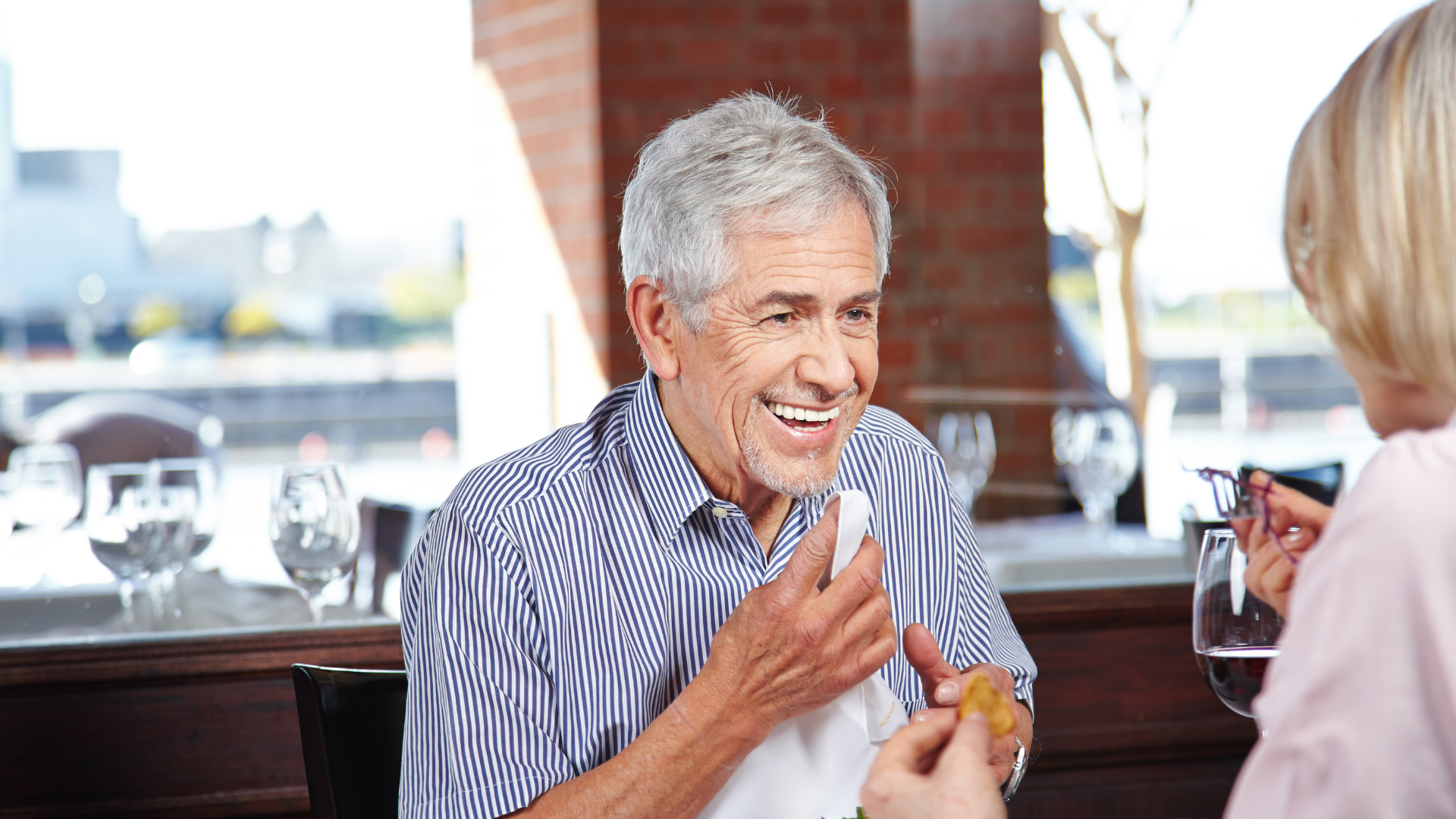
Dining Out with Sight Loss: Navigating Culinary Adventures
Dining out is not just about savouring delicious food, it's an experience that engages all our senses, from the tantalising aroma of dishes to the visual appeal of a beautifully presented meal. For individuals with sight loss, however, the experience of dining out can present unique challenges. Navigating menus, understanding the layout of a restaurant, and even enjoying the aesthetics of a dish can all require different approaches.
This article explores the various aspects of dining out with sight loss and provides tips for both the visually impaired individuals and restaurant staff to ensure a positive culinary adventure for everyone.
Advice for individuals
Choosing the Right Restaurant
When planning to dine out, individuals with sight loss should consider factors beyond the cuisine. It's important to choose a restaurant with good accessibility and lighting. Calling ahead to inquire about the availability of large print or braille menus can also be beneficial.
Utilising Technology
Smartphones and assistive apps have revolutionised the way people with sight loss interact with the world. Before heading to a restaurant, consider using apps that provide information about the restaurant's menu, layout and parking.
Choose where you sit
Some restaurants have different amounts of light in various sections of the restaurant, so if the lighting is a concern, ask to be seated in an area with a lot of light. If a person is sensitive to flashing lights and the restaurant faces the street, request to sit away from windows, as emergency vehicle lights can be disorienting.
Take vision aids
For people who prefer to use paper menus, We recommend taking a small magnifying glass or video magnifier to enlarge the text of the menu. Some of these magnifiers even have a built-in light which can help with reading menus with low vision in low-light environments.
Order with Confidence
When ordering, individuals with sight loss should communicate their preferences clearly. It's perfectly acceptable to ask questions about the menu items, ingredients, and preparation methods. This ensures that the meal meets their dietary needs and expectations.
Enjoying the Food
While visual presentation is a significant part of the dining experience, other senses can be heightened to fully appreciate a meal. Focus on the textures, flavours, and aromas of the dishes. Engaging in conversation about the food with companions can also enrich the experience.
Guide Dogs and Etiquette
For those with guide dogs, it's essential to ensure the restaurant's policy on service animals. Most restaurants welcome guide dogs, but it's courteous to inform the staff in advance. Ensuring the guide dog's comfort and space under the table is also important.
Social Support
Dining out with sight loss can be more enjoyable when done with friends or family who are understanding and supportive. They can assist in reading menus, describing the surroundings, and providing companionship.
Advocating for Change
Individuals with sight loss and their supporters can advocate for more inclusive dining experiences. Offering feedback to restaurants about their accessibility, suggesting improvements, and spreading awareness can drive positive change within the industry.
Advice for restaurants
Make the menu accessible
There are several easy, low-cost ways to make restaurant menus accessible to people who are blind or have low vision. One of the simplest is to post the menu on your website using HTML/text. This allows people with a screen reader on their phone to listen to the menu, or to make the print larger so they can read it.
Assistance from Staff
Restaurant staff can play a crucial role in ensuring a comfortable dining experience. Providing clear verbal descriptions of the menu, daily specials, and the layout of the table can greatly help. Offering to guide the individual to their seat and describing the arrangement of items on the table can also be appreciated.
Empathy and Sensitivity
Restaurant staff can contribute significantly to the dining experience by being patient, empathetic, and understanding. Creating an inclusive environment where customers feel comfortable asking for assistance or clarification fosters positive interactions.
Promoting Accessibility
Restaurants that embrace inclusivity can make a significant impact. Providing menus in various formats (large print, braille, digital) and offering staff training on interacting with visually impaired customers can create an inviting atmosphere for all patrons.
In conclusion, dining out with sight loss can be a fulfilling and enriching experience when approached with the right mindset and preparation. It's a testament to the resilience and adaptability of individuals with sight loss and the willingness of society to create inclusive spaces. By utilising technology, seeking assistance, and fostering empathy, the culinary world can become a realm of exploration and enjoyment for everyone, regardless of their visual abilities.
OcuPlan was created to help provide care for those living with conditions such as glaucoma and AMD. It is clinically advised for people living with a long-term eye condition to be monitored by their consultant ophthalmologist at least once per year. Through OcuPlan we help patients to regularly see their consultant to receive tailored treatment advice. Click here to find out more.
About OcuPlan
OcuPlan offers the gold standard of clinical care for patients with long-term eye conditions to help minimise the risk of sight loss.